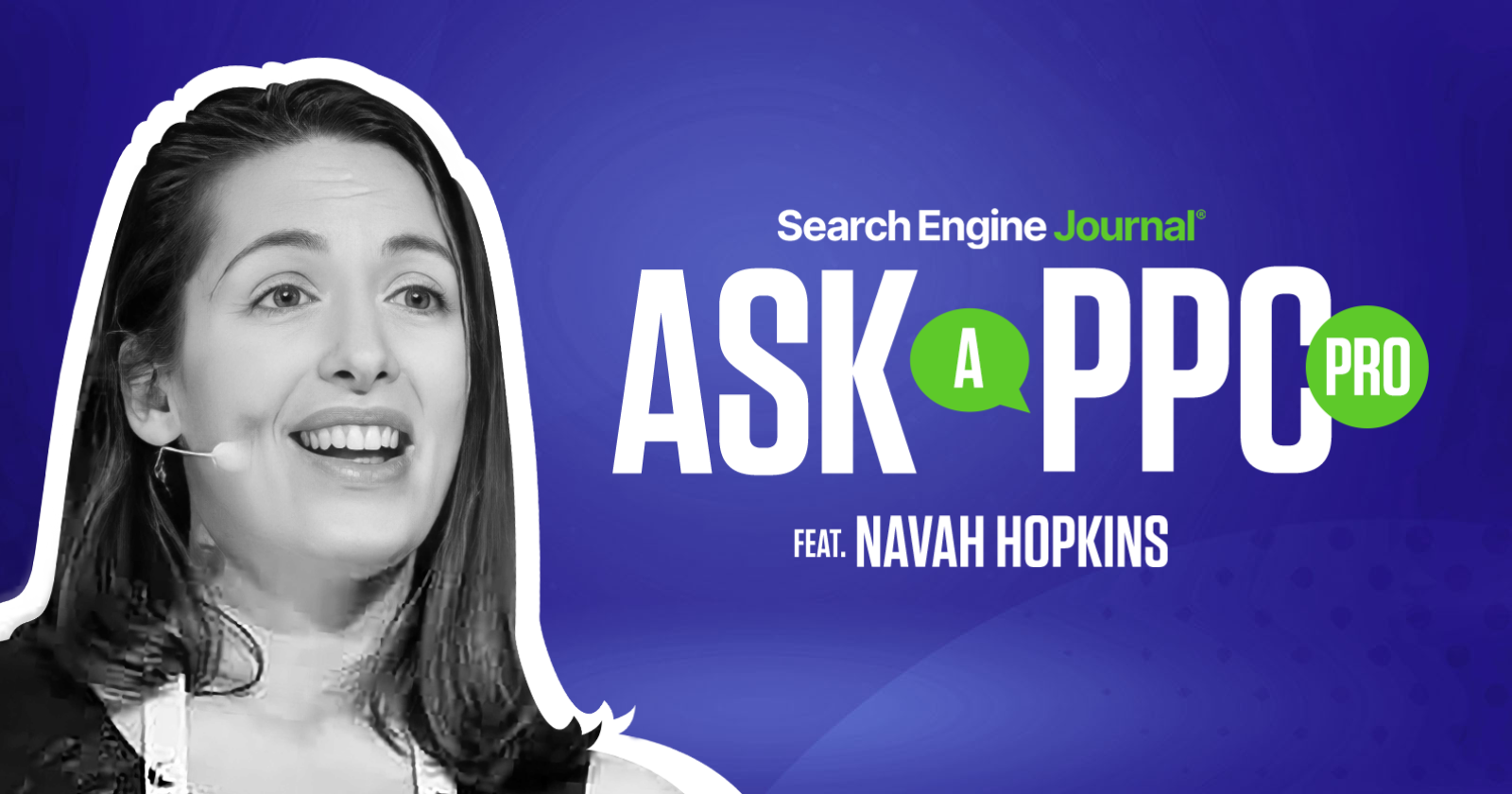Every successful PPC campaign has one common element: solid conversion tracking.
Conversion tracking feeds into reporting, the bidding algorithm, and transparency.
No conversion tracking? You’re denying ad platforms critical data, which can lead to overbidding or underbidding on traffic and poor budget allocation.
In the privacy-first web, however, conversion tracking might seem a bit daunting due to how dependent it is on modeling and consumer consent.
We’re going to dive deep into the different types of conversion tracking and how you can leverage them to supercharge your campaigns.
Native Conversion Tracking Vs. Analytics Conversion Tracking
First up, you need to decide whether to use native conversion tracking – i.e., setting up website conversions, phone conversions, etc. – or rely on GA4 or another analytics platform.
Your choice here will subtly alter your data and how it’s presented.
Using native conversion tracking will likely give you more credit for various actions but might not match your SEO counterparts using analytics.
If uniform reporting across teams is required, you might need to import your GA4 conversion events.
Whatever route you choose, make sure to double-check your conversions to ensure they’re tracking accurately.
Remember, conversions can either track every single visitor action or just unique conversions associated with each person; choose what suits your needs best.
For GA4, remember to link your Google Ads to your GA4 account and only toggle events you want to track as conversions.
If native tracking is your preference, you’ll find the setup easier. However, don’t forget to make space for uploading offline conversions to enrich your dataset and benefit from the seed audience.
Decoding Primary And Secondary Conversions
Once you’ve chosen your tracking method, it’s time to set up your primary and secondary conversion actions.
These are signals that tell Google what to pay attention to for bidding, as well as what’s included in reporting.
Remember, everything should not be primary. Audit your conversions and categorize them correctly.
Google-hosted actions like location visits and directions usually count as primary, but their value can be adjusted.
Just a note: both primary and secondary conversions can have a conversion value. This means you can still assign values to lesser-interest actions, which can inform your value-based bidding.
If you want to see all conversions (primary and secondary), you can under all conversions.
Leveraging Enhanced Conversion Customer Lists
One of the latest updates from Google Marketing Live 2023 is the ability to build audiences from enhanced conversions.
This is a game-changer, as customer match has traditionally been tough for most brands, especially if you struggle to meet the 1,000 minimum to target.
This update means you can now build audience lists based on conversion data.
This is helpful for all campaigns, but especially PMax campaigns, which need audience signals in the early days and do best when they have conversion values to work off of.
Final Takeaways
Conversion tracking is not a one-size-fits-all solution, but understanding these basics will give you a solid framework to build on.
Remember, the most effective conversion tracking method will depend on your business and stakeholders’ specific requirements.
More resources:
- Performance Max: 7 PPC Community & Google Team Insights
- Google Ads: New Features For Performance Max Campaigns
- The Biggest PPC Trends of 2023, According to 22 Experts
Featured Image: Paulo Bobita/Search Engine Journal





